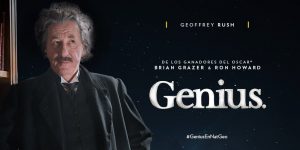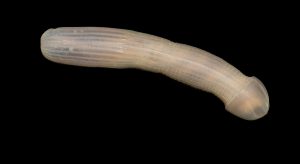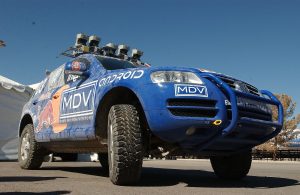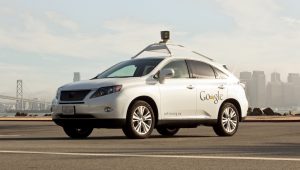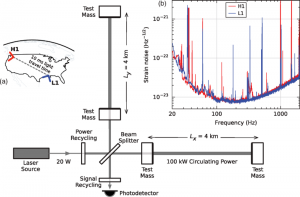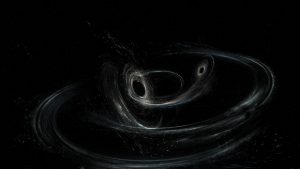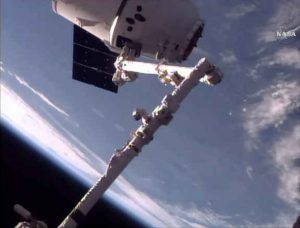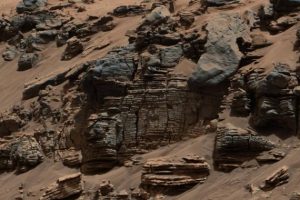In several previous posts I have commented on the current anti-Intellectual, anti-Science sentiment presently growing here in America. As I’ve thought about it and done a little investigating I’ve only grown more concerned for the future of Science in the USA. I’ve therefore decided to spend three or four posts going into greater detail on what I see as the decline of American Science.
First a little bit of background history. Most people are aware that Science has been a part of the United States from the very beginning. Everybody’s heard about Ben Franklin and electricity, we all know about Thomas Jefferson’s passions for Science and invention. But there were many others, men such as David Rittenhouse, America’s first astronomer whose observations of the transit of Venus in 1769 were important in the first accurate measurement of the distance to that planet. The picture below shows the diagram Rittenhouse made of his observations of the transit.
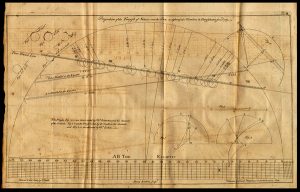
Other colonial scientists include Benjamin Rush the physician, Charles Wilson Peale the naturalist and John Bartrum the botanist.
And we mustn’t forget George Washington himself, the father of the nation whose first occupation was that of a surveyor and who in his later years spent much of his time working to improve farm implements while at the same time introducing the mule to American agriculture.
All these men were members of the American Philosophic Society, which was founded in 1743, more than 30 years before our revolution. The picture below shows the headquarters of the APS in Philadelphia.

You get the point. Indeed it could be argued that the very possibility of a new nation on this continent could only have been conceived by men with considerable intellectual and scientific minds.
Then as America grew it was her scientists and engineers who gave her strength. There were the practical men like Robert Fulton, Samuel Morse, John Ericsson, Thomas Edison along with hundreds of others. Then there were also the pure scientists, like Henry Rowland who developed diffraction gratings to study the Sun’s spectra, Albert A. Michelson whose famous experiment led to Einstein’s theory of relativity, and Isabelle Stone the first woman to receive a Ph.D. in physics in the USA. And we can’t forget Edward Cope and Othniel Marsh whose ‘dinosaur wars’ changed forever the way we view Earth’s history.
I realize that I’m saying nothing new here. Any textbook on American history will devote a chapter or so on the scientists and engineers, the people who gave us the tools needed to build the richest and strongest nation in the world.
And we haven’t even gotten to the 20th century yet! By the middle of that century the United States dominated science to a degree that no other nation ever had. Name a scientific instrument or laboratory and America had the biggest and the best.
The largest telescope in the world was the 200-inch telescope at mount Palomar in California.
The largest radio telescope was the 300-foot dish at Green Bank in Virginia.
The first Neutrino Telescope was at the Homestake Mine in Lead, Colorado.
The most powerful atom smasher was either the Bevatron at the California Institute of Technology or the Cosmotron at Brookhaven National Laboratory in New York depended on the year.
The first nuclear reactor was at the University of Chicago.
The first transistor was fabricated at Bell Labs in Holmdel New Jersey.
You get the point. Twenty years ago the United States had the largest, or the most sensitive or simply the best of every kind of scientific instrument. America was dominant in the World because American Science was dominant.
Next time we’ll begin to examine how that is no longer true.

